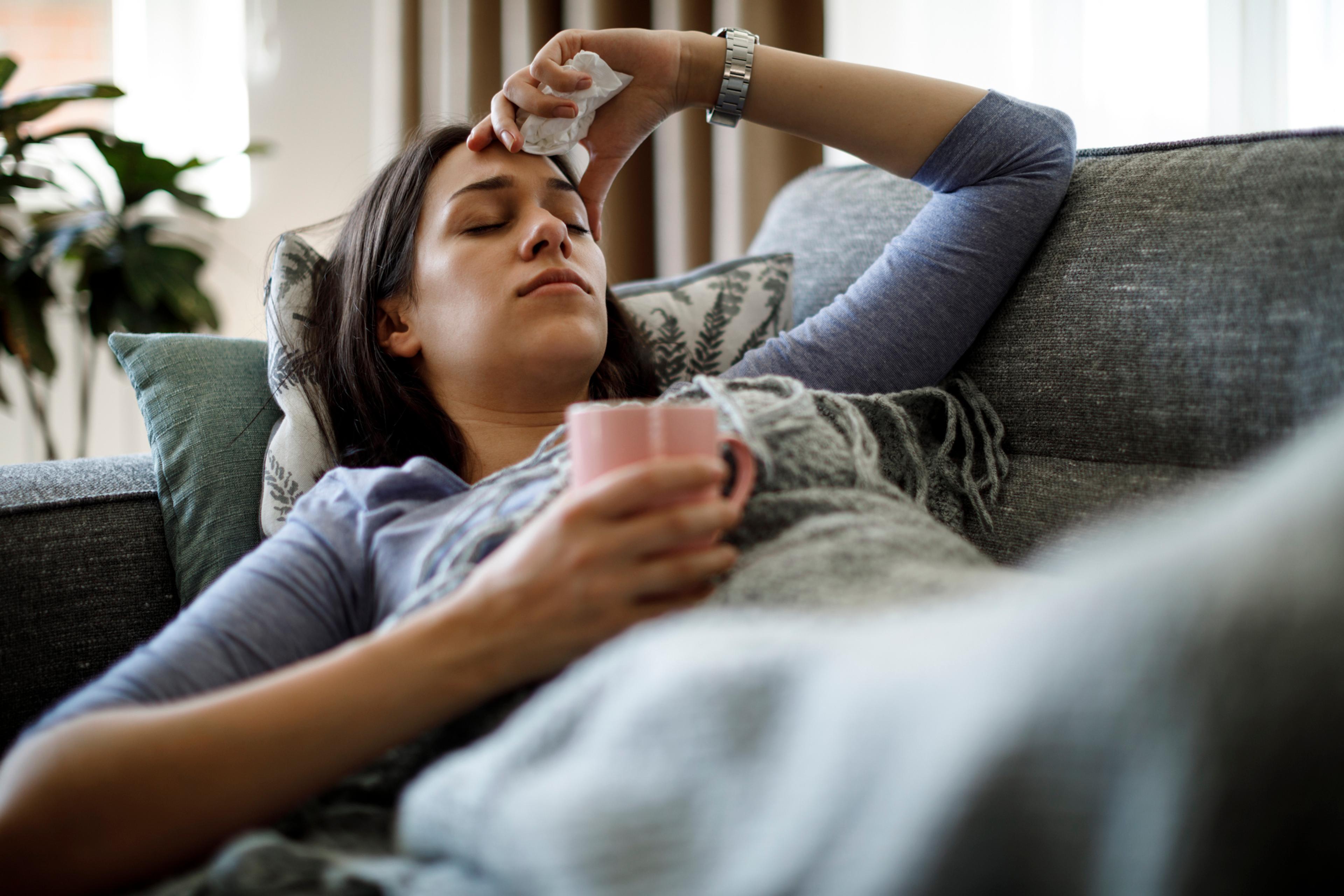Is Co-Sleeping Safe?
Jake Newby
| 4 min read

Navigating newborn sleep patterns and schedules is a huge challenge for families. If you or your child struggles to sleep through the night, you may look into becoming a co-sleeper.
Co-sleeping occurs when parents share a room or bed with an infant overnight, for each other's peace of mind. Parents may consider co-sleeping with a newborn to protect or oversee them, if they have recently been experiencing an issue. Here's everything you need to know about co-sleeping with a baby.
What is co-sleeping?
There are different variations of co-sleeping, which doesn’t always mean sharing the same bed:
- Bedsharing: when parents and infants sleep together on the same mattress, couch or chair.
- Room-sharing: when parents move a crib, bassinet or portable crib into their room near their bed, or vice versa and they sleep beside the child’s crib in the child’s room. Attaching a bedside sleeper to the side of the parent’s bed is another way to room-share. Some research has found sharing a room with your baby may decrease the risk of Sudden Infant Death Syndrome (SIDS) by as much as 50%.
What are the possible benefits of bedsharing?
Some parents may prefer bedsharing for multiple reasons. It promotes skin-to-skin contact, which studies have shown to be a physiological stress reducer in infants.
Some research highlights bedsharing as a possible medium to promote successful breastfeeding outcomes. A 2022 study published in Frontiers in Pediatrics stated a correlation between bedsharing and increased frequency and length of feeds in families of bedshare as opposed to families that sleep on separate surfaces.
Another reason families might try bedsharing is to improve their own nighttime sleep quality in addition to their child’s. The proximity of parent and child may help each fall asleep quicker and easier.
What are the risks of bedsharing?
The risks of bedsharing may outweigh the perceived benefits, as both the American Academy of Pediatrics (AAP) and the Centers for Disease Control and Prevention (CDC) advise against bedsharing but recommend room-sharing.
While bed-sharing may result in less risk in other cultures around the world that practice it – and experts in the United States acknowledge bedsharing as a cultural norm in other countries – certain risk factors make it generally unadvisable.
According to the Eunice Kennedy Shriver National Institute of Child Health and Human Development, room-sharing without bedsharing reduces the risk of:
- Entrapment or wedging between the sleeping surface and the bed
- Strangulation
- Suffocation
While rare, each of these incidents can occur when a baby sleeps in an adult bed. There’s also the risk for SIDS, which is the leading cause of injury death during a baby’s infancy. The CDC recommends placing your baby’s crib close to your bed so the baby is within view, which can make it easier to monitor your baby. The organization also states that having them in reach can help make it easier to feed and comfort them.
Bed-sharing is particularly unadvisable for parents with infants who are at the highest risk of SIDS, which includes:
- Preterm infants
- Infants who had a low birth weight
- Infants younger than 4 months old
Tips to help your infant sleep through the night
To further reduce the risk of SIDS, the AAP recommends these baby safe sleeping tips:
- Place infants on their backs for sleep in their own sleep space with no other people.
- Use a crib, bassinet or portable play yard with a firm, flat mattress and a fitted sheet. Avoid sleeping on a couch or armchair or in a seating device, like a swing or car safety seat (except while riding in the car).
- Keep loose blankets, pillows, stuffed toys, bumpers and other soft items out of the sleep space.
- Breastfeed if possible and avoid smoking.
Additionally, parents can prevent the possibility of over-bundling and overheating – another risk factor for SIDS – by ensuring that their baby’s face and head are uncovered as they sleep. Instead. Dressing them in sleeping clothes or a wearable blanket is recommended by sleep experts.
Consult with your pediatrician or primary care provider before considering co-sleeping.
Photo credit: Getty Images
Continue reading:





